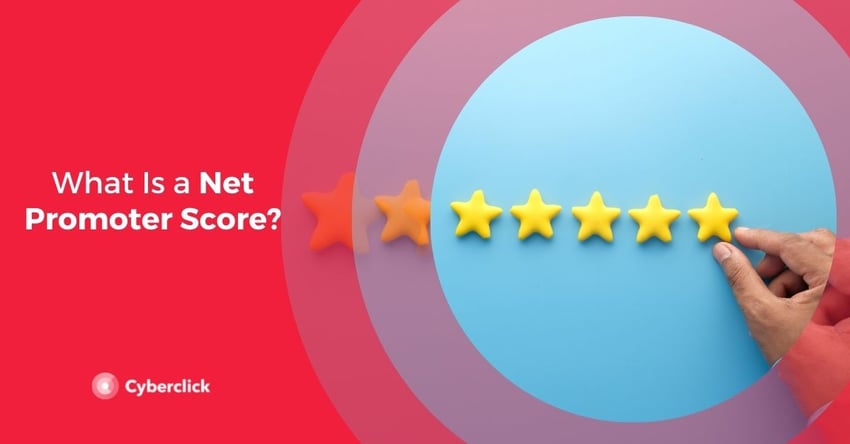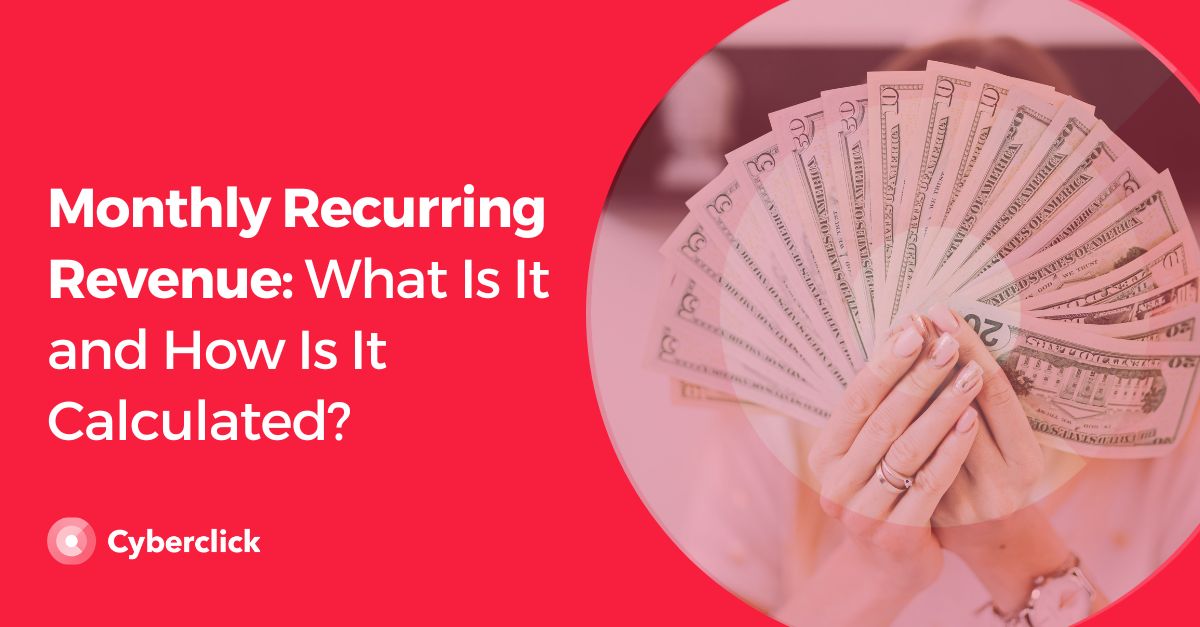A Net Promoter Score is a metric that measures how satisfied customers are with your products or services. Customers respond to a simple survey asking how likely they are to recommend your brand. Your Net Promoter Score (NPS) is a strong indicator of how much long term growth your brand can expect based on customer perceptions. Net Promoter Scores are proven metrics that give you an objective view of how well your customer experience strategy is performing.
Your NPS can and should be a driving factor when creating your marketing plan. Let’s go through how to calculate your NPS, what factors play into your NPS and how to know if your score is good or bad.

How to Calculate Your NPS
Your NPS is calculated by asking customers “How likely is it that you would recommend us to a friend?” .
Customers can answer from 0 to 10 and they are divided into three categories based on their answers:
Detractor (0-6)
Detractors are customers who are dissatisfied with your brand. They leave bad reviews and comments and are responsible for negative word of mouth. Detractors are likely to do business with your competitors over you. Overall they ruin your reputation, cost you new customers, and reduce your revenue.
Passive (7-8)
These customers are likely satisfied with your products but not exactly fans. They don’t actively promote your brand or leave beaming reviews. Passives are also susceptible to your competitors' marketing, meaning they aren’t necessarily loyal to your brand.
Promoter (9-10)
Promoters are your most loyal and supportive customers. They give you five star reviews and regularly tell friends, family, and colleagues about your brand. Promoters are responsible for 80% of your referrals. They are repeat customers and you can count on their business.
To calculate your NPS, subtract your percentage of Detractors from your percentage of Promoters. This number is your Net Promoter Score. You can calculate your NPS for specific products, audience segments, teams, and more.
What Factors Affect Your NPS?
There are plenty of factors that can influence your NPS. They can range from type of industry to your location. Across all industries the average range is 3 to 62. Let’s explore some examples of factors to consider when analyzing your Net Promoter Score.
Industry
Your NPS is heavily affected by what industry you’re in. Ecommerce has a higher industry average (58) than airlines (35), for example, so consider your industry average first and foremost when analyzing the factors that influence your NPS.
Bad News Travels Fast
People are much more likely to complain than to praise. Just a handful of negative reviews can have significantly more impact than positive ones. Unsatisfied customers usually can’t wait to voice their dismay, while very happy customers might not say a word. That’s why your Net Promoter Score doesn’t necessarily indicate your true level of customer satisfaction, but rather who’s promoting your brand and who’s actively not.
B2B or B2C
Net Promoter Scores vary depending on whether you’re in B2B or B2C. B2B scores range from 3 to 62, while B2C scores range from 24 to 57. So by doing business in the B2B arena you open yourself up to a much wider range of possible scores. This highlights how your NPS isn’t the holy grail of customer satisfaction but rather a metric to take into consideration in the context of all things related to your business.
External Factors
Trends, events, and other external factors such as the current pandemic can all have an impact on your NPS. Take the tourism sector for instance: Cancellations and last minute changes due to restrictions are leaving customers and businesses in a bind. And unhappy customers are voicing their opinions and discontent at higher than average rates.
What Is a Good NPS?
As we’ve already covered, there are numerous factors that can impact your Net Promoter Score. So how do you know if your NPS is good or not? Regardless of industry, having an NPS over 0 means you’re doing something right because it means you have more promoters than detractors. Officially the average ‘good’ score is around 50 while 70 is considered ‘outstanding’, but achieving these scores in reality seems rather difficult. Anywhere between 0 and 30 is considered by many to be a worthy NPS goal.
Your industry averages are good starting points to identify where you stand, so compare your NPS with your closest competitors. If you’re scoring higher than they are, you can bet your customers will stay loyal—for now.
Here are some NPS industry bests to compare your score with.
Why Your NPS Is Important
While your NPS isn’t the final word on whether you have a healthy business or not, it certainly is a good indication of your customer experience. A good NPS score means customers are likely to buy from you again, stay loyal, and tell others about how great you are. Here are some examples of why improving your NPS is something to strive for.
Create a Customer Centric Approach
By following and using the NPS system you create a customer centric business model. Consumers are demanding more and more value from brands and competition is also increasing. Implementing the NPS feedback system means you can gauge your customers’ level of satisfaction and make improving your score a primary aim.
Drive and Encourage Growth
Satisfied customers are the key to long term, sustainable growth. Not only are they likely to continue buying from you, they’re also directing more customers your way and are open to upselling. That’s because they already trust you and are even willing to put their own reputation on the line to tell their friends about you.
Create a Common Feedback Language
The NPS system is a common and accepted method of receiving feedback. Most consumers are familiar with the simple structure of a survey and can provide feedback in minutes or even seconds. Being that the NPS is the benchmark used by so many, it also means you can compare your score to industry averages and competitors to identify your standing.
Improve Your Business
Detractors don’t have to be your enemies. By asking detractors how you can improve you can reduce negative experiences and perceptions of your brand. Sometimes it’s not your customer service or support that’s at fault but rather your product itself. Detractors can help direct you towards where your product falls flat and needs more work.
Remember: It’s impossible to please everyone at all times—some customers are impossible to impress. That being said, digging deeper and having conversations with detractors is constructive and can even help you turn them into promoters.
Get a Competitive Edge
Some companies don’t use Net Promoter Scores or any customer feedback system for that matter. However, if your brand takes this metric seriously and takes a customer first approach you’ll quickly separate yourself from less considerate competitors. Think about brands that make you feel valued as a customer and those that don’t—the difference can be felt almost immediately.
Your Net Promoter Score is an important metric for gauging the health of your business. While it certainly isn’t the final word on the viability of your brand, your NPS encourages you to prioritize and empathize with your customers. Rather than focusing solely on the number itself, use your NPS as motivation to grow your following of loyal fans. After all, there’s nothing better than word of mouth marketing.
Licenciada en Publicidad y Relaciones Públicas por la UAB. Digital Marketing Strategist en Cyberclick.
Degree in Advertising and Public Relations from the UAB. Digital Marketing Strategist at Cyberclick.






Leave your comment and join the conversation